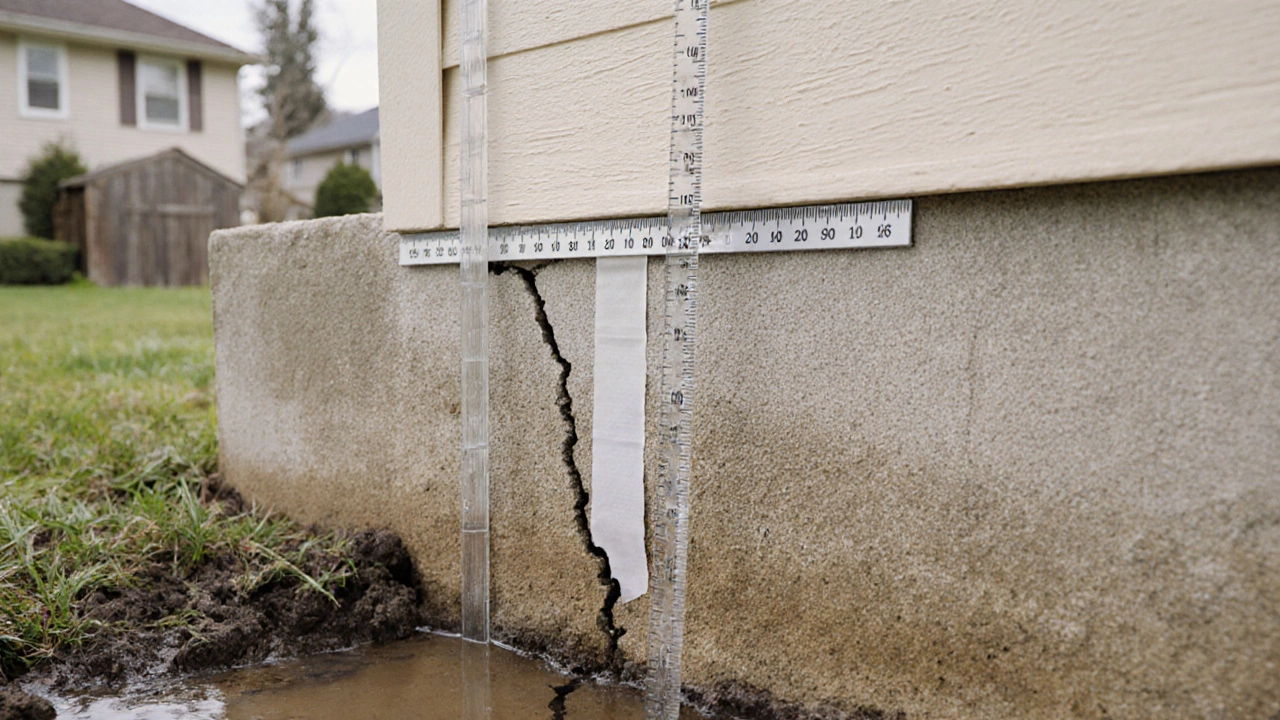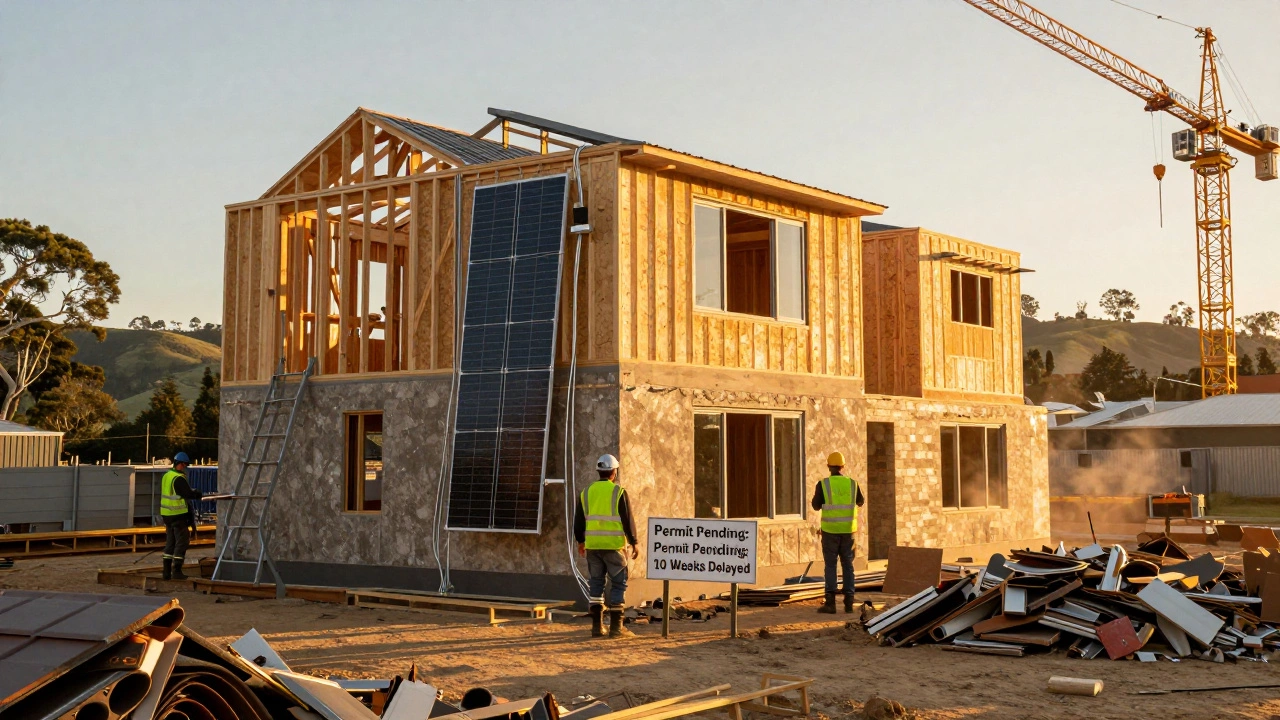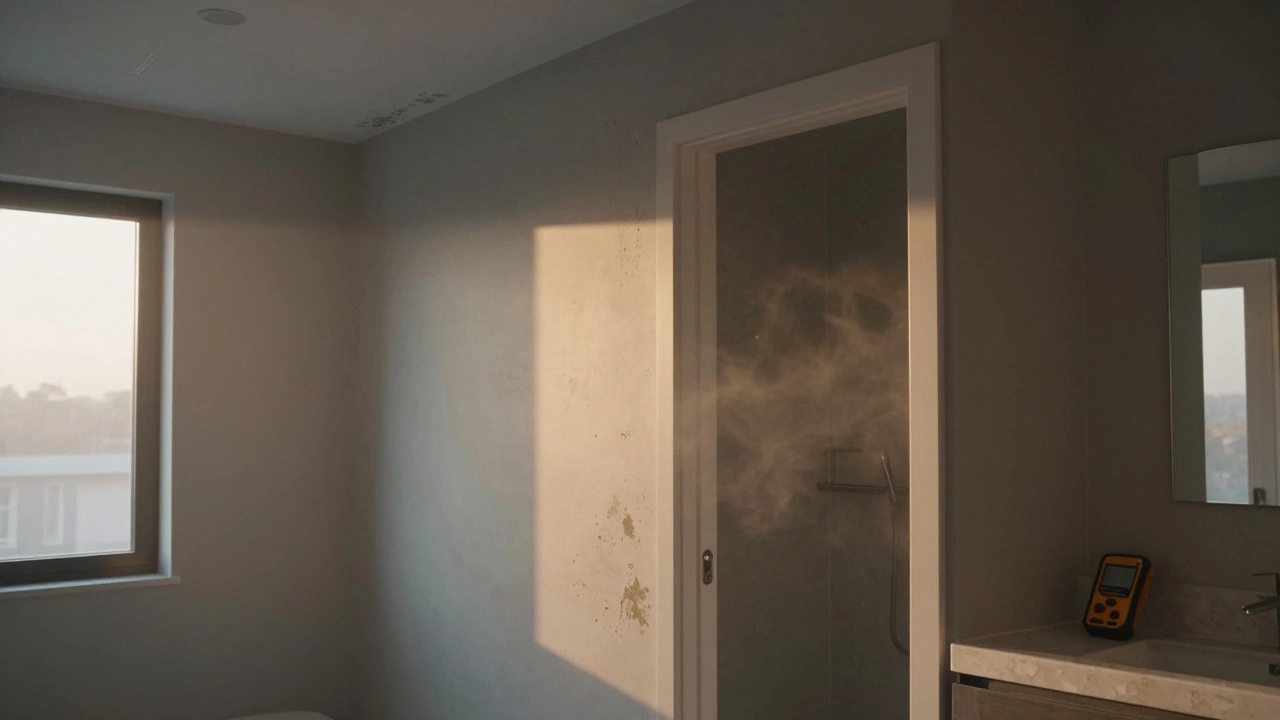Foundation Crack Severity
When dealing with foundation crack severity, the level of seriousness a crack poses to a building’s stability, it’s easy to feel overwhelmed. The term isn’t just about how big a crack looks; it bundles several attributes such as foundation crack width, the measurement from one side of the fissure to the other, its length, pattern, and the speed at which it’s growing. In practice, foundation crack severity is the yardstick that tells you whether a hairline line can wait or a widening gap demands immediate attention. Engineers often say that severity encompasses crack width, so a 0.3 mm opening is usually benign, while anything beyond 3 mm flags a structural concern. Another key player is soil stabilization, methods like compaction, moisture control, or chemical additives that keep the ground from shifting. When the soil moves, it drags the foundation, increasing crack severity. Understanding these connections helps homeowners decide if a simple sealant will do or if a full‑scale repair is unavoidable.
Assessing the Damage and Choosing Repair Methods
Once you’ve sized up the severity, the next step is to match it with the right foundation repair methods, techniques ranging from epoxy injection to underpinning that restore a slab’s load‑bearing capacity. Minor cracks (under 1 mm) often respond to epoxy or polyurethane fillers, which seal out moisture and stop further propagation. Moderate cracks (1‑3 mm) may need a combination of stitching and steel reinforcement, especially if they run vertically through load‑bearing walls. Severe cases—cracks wider than 3 mm, or those accompanied by uneven floors—usually call for more invasive solutions like pier installation or slab jacketing. All of these decisions hinge on the building’s overall structural integrity, the ability of the framework to safely support loads without excessive deformation. If the integrity is already compromised, even a small crack can become a safety hazard. That’s why many professionals advise a thorough inspection that looks at settlement patterns, moisture levels, and nearby tree roots before committing to any repair plan.
So, how do you know when to act? A good rule of thumb is to monitor any crack that widens by more than 0.5 mm over a month, or any crack that appears alongside doors that stick, windows that won’t close, or floors that feel spongy. Seasonal changes can also amplify movement—freeze‑thaw cycles in winter or heavy rains in spring often fuel soil expansion and contraction. By keeping an eye on these signs, you can prioritize repairs before minor problems spiral into costly overhauls. Below you’ll find a collection of articles that break down each aspect in detail, from measuring crack width accurately to selecting the most effective repair technique for your home’s unique situation.






